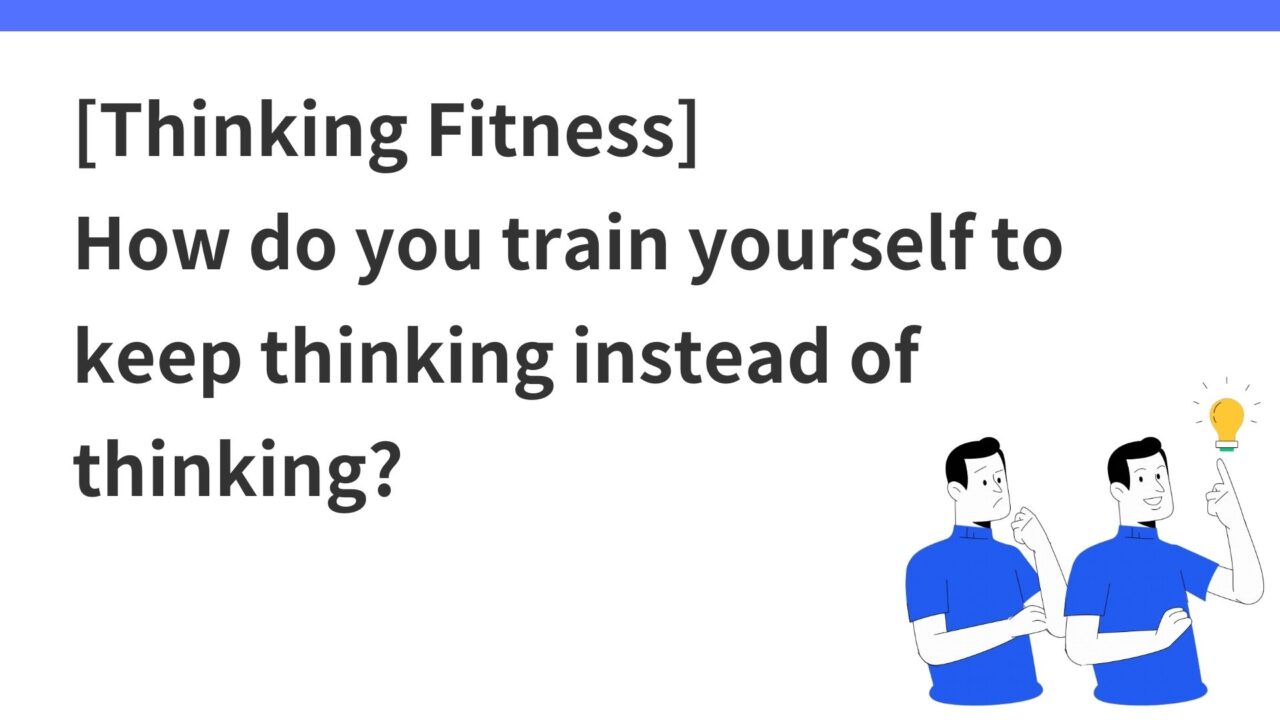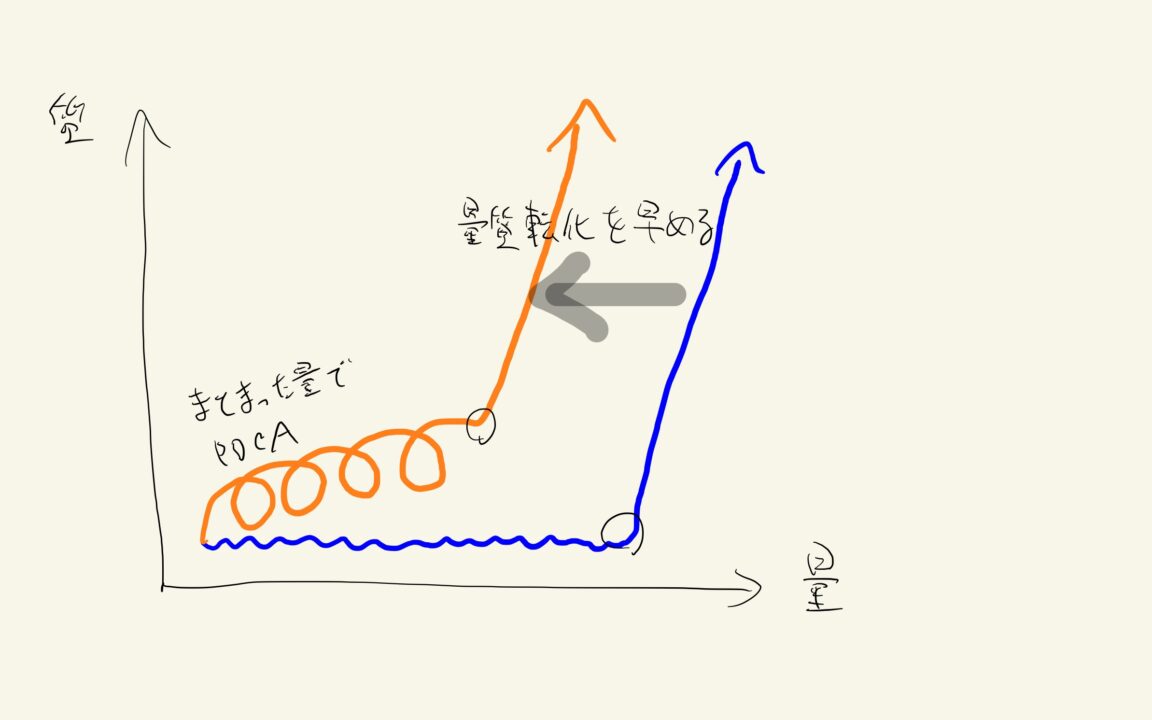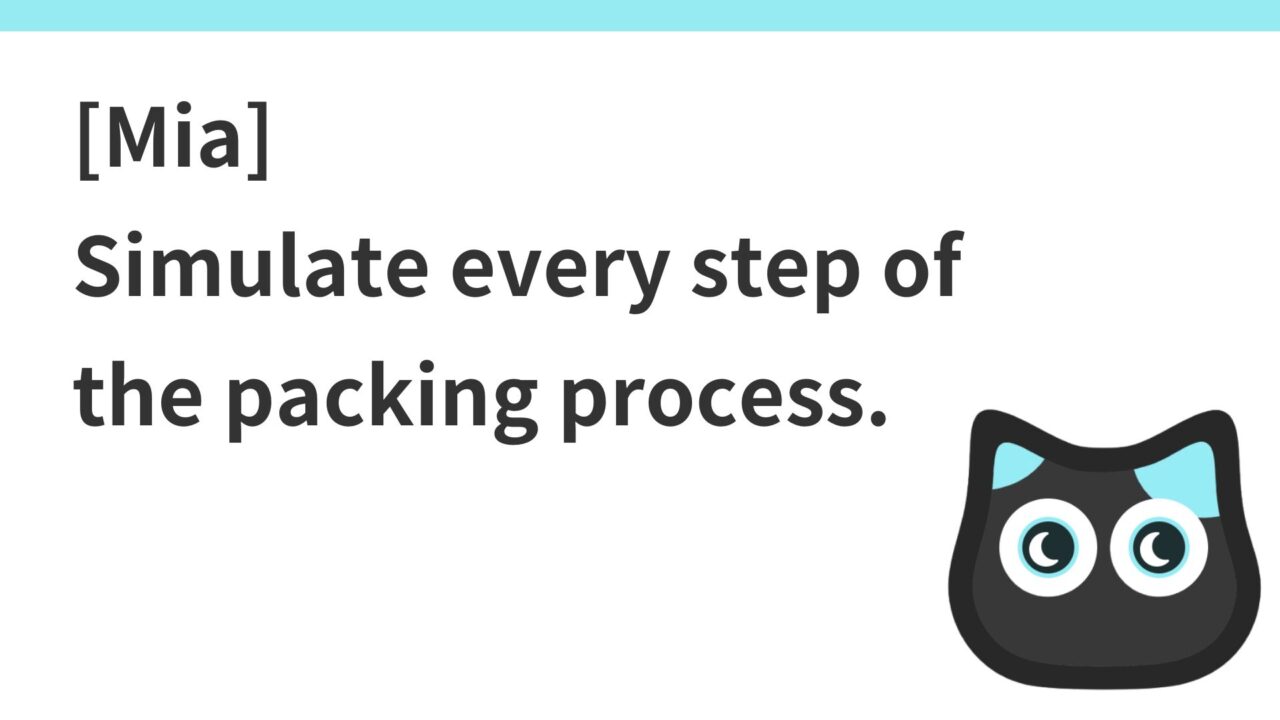Introduction.
Recently, I was browsing YouTube and saw a recommended live Meijin match between Sota Fujii and Masayuki Toyoshima, both of whom didn’t move an inch.

From a posture like this, both players kept thinking about their next move, all the time, without making the slightest move. This is a ridiculously long game, a two-day game with a duration of 9 hours. If I thought about it normally, my head would explode.

By the way, I was interested in Shogi a little in elementary school, and I even stabbed it for fun, but I don’t know anything about the contents of Shogi.
Looking back on my high school days, there was a person who was amazing as a monster, and I recognized that I was also good at math, but only at the level of college entrance exams, while he loved math as an academic subject.
I thought about it for less than two hours at home and decided to give up because it was too hard, while he said, “It took me about 10 hours, but I solved it. It took me about 10 hours to solve it, but I did it. It was difficult, but fun. I still vividly remember the shock I felt at that moment.
Good sense, quick thinking, groundedness, and instantaneous concentration are also important, of course, but they will only work up to the upper middle level (although they will still be great and socially successful), and from there on, the above base will be people of the same level, so I think that “health or not” and “thinking I personally think that “physical fitness” makes the difference between light and dark.
In this issue of Thinking Fitness, we will discuss what is thinking fitness? and how can thinking stamina be trained? I would like to think about the following.
What is the Thinking Fitness?
Thinking stamina simply means “the ability to keep thinking.
To be a little more specific.
(1) more than one or one thing.
(2) Long time (a few hours to a study could be decades)
(3) Keep concentrating thinly all the time.
(4) I can keep thinking.
The ability to do so.
Now, how can we develop this thinking fitness?
First, we start with the necessary mindset
Required Mindset
The four major mindsets required to develop thinking skills would be the following four.
Ability to accept ambiguity
- Preparedness to deal with uncertain situations and problems that do not have clear answers without rushing.
Ability to keep the problem in the back of your mind
- By maintaining a constant awareness of the problem while going about one’s daily life and other tasks, one increases the likelihood that a solution will come to mind subconsciously.
Ability to discern the essence
- An attitude that seeks not only to find answers, but also to understand the underlying issues and challenges behind them.
abstract thinking skills
- The ability to break down a complex problem to find the basic elements and use them to connect different events and problems.
Among these are “the ability to hold gray as gray” and “the desire to know the true nature of things. I feel these two are the most important.
While until the college entrance examinations, questions had answers, once you enter the workforce, the focus is on questions that do not have answers, so it becomes important to “not be in a hurry to get an immediate answer, but to be able to hold multiple hypotheses and options in the corner of your mind at the same time that might lead you to that answer without giving an answer.
This is a considerable change in thinking, and suddenly the fight is different, and also requires retaining a considerable working memory.
When answers are not forthcoming, we tend to feel self-loathing and think, “I didn’t make any progress today,” and we tend to immediately seek ad hoc answers, which is comforting for the moment because it makes things seem to be progressing, but it often leads to a detour in the big picture because the fundamental solution has not been reached.
In order to resist the irresistible temptation of superficial answers, we need to have the desire to know the root and essence of things. It is necessary to be freed from the spell of productivity + to become desensitized to the state of not having immediate answers. It is not clear if this can be cultivated acquired.
How can we develop our thinking stamina?
Now, how exactly can thinking stamina be developed?
In general, the following four points can be mentioned.
Know your characteristics
- By understanding one’s concentration and the duration of thinking, and by performing activities accordingly, one can efficiently develop one’s thinking stamina.
get enough sleep
- Proper sleep is essential to improve the fuel efficiency of your thinking and keep you thinking efficiently.
Challenging complex problems
- Consciously tackle difficult tasks and problems. Programming, math problems, strategy games, etc.
Success Stories.
- Accumulating a series of small successes can increase confidence and motivation, as well as sustain the desire to further develop thinking stamina.
However, I personally feel that “cross-disciplinary curiosity” is most important.
While it is important to spend a certain amount of time tackling one thing head-on, it is often not enough to solve the problem, and it may be necessary to change one’s perspective along the way. Problems that cannot be solved can be solved by changing the point of view, and it is often not a simple matter of taking the straight and narrow approach alone.
Therefore, it is necessary to be not only curious about the subject, but also constantly curious about different fields, and to keep it in mind constantly, even if it is shallow and broad.
In this way, common terms between related concretes can be found at a certain point in time, and things can sometimes be solved by thinking abstractly, factoring things out, and finding prime numbers.
Example: Analogy between cell signaling and Transformer
Let me give you one appropriate concrete example.
For example, suppose that in the life sciences we are addressing the problem of elucidating cell signaling pathways. Conventional models primarily assume that each signaling molecule transduces signals through direct interactions with its immediate neighbors. This approach often models signaling pathways as stepwise and linear.
By the way, suppose you have recently become interested in the Transformer model used in the field of natural language processing (NLP) and have learned about the ChatGPT mechanism. The self-attention mechanism of the Transformer model dynamically calculates the degree to which each word interacts with and is affected by all other words. This allows for the generation of optimal responses that take the entire context into account.
With the Transformer model in the back of my mind, one day I suddenly wondered, “Hey, could cell signaling also be approached by analogy with the Transformer model?” I decided to think about it in light of the Transformer model.
Applying the Transformer model to cell signaling pathways, one can consider how each signaling molecule or pathway interacts to understand the overall context (cell state and environment).
For example, it was thought that a signal molecule A directly affects signal molecules B and C. However, the assumption itself is different, and the new model considers the possibility that A affects not only B and C, but also distant D and E, which in turn affect the behavior of B and C. We also consider that the influence of the signaling molecule A can change dynamically depending on its concentration and active state.
Such as.
In other words, by being curious about a field without being particular about it (although it is difficult), and by keeping the information you learn and know in that field in the back of your mind, you are more likely to be able to solve the problem you are trying to solve.
As the world advances with the development of technology, algorithms are increasingly optimized for our interests (e.g., related books on Amazon, timeline posts on social networking sites, news articles), so it is easier said than done.
At the end.
As for me, I am not as good as the people I introduced at the beginning of this article, but I feel that I have learned some things since I became an adult.
But basically, as an adult, depending on the type of work you do, it is difficult to take the opportunity to spend time and focus on a single issue. It is necessary to be very conscious and proactive about setting aside time.



